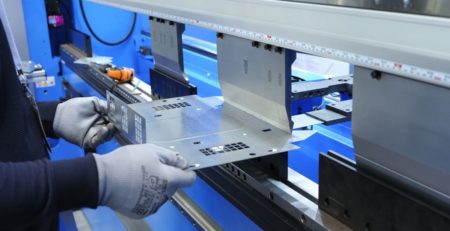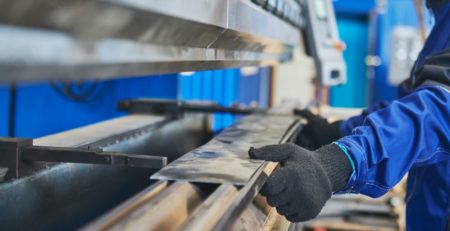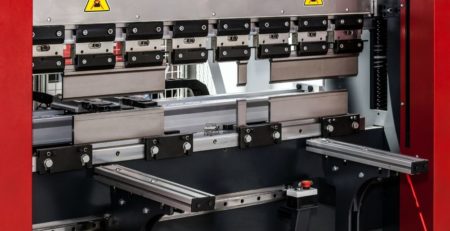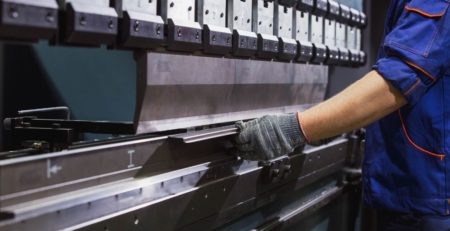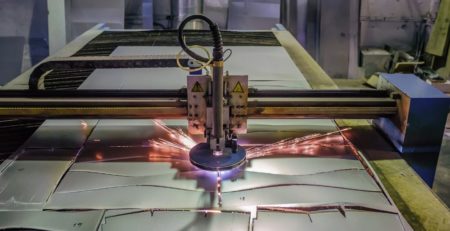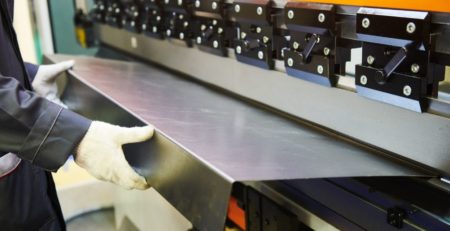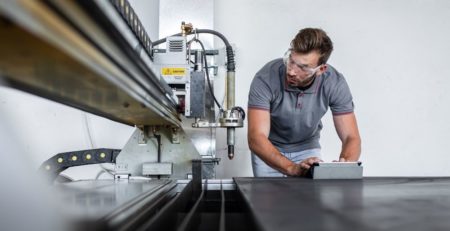What’s the Difference Between OEM and ODM Manufacturing?
You hear the acronyms all the time, but do you know what they mean? What’s the difference between OEM and ODM manufacturing, anyway? They sound alike, but they aren’t the same. Understanding what these terms mean is significant in product development and production.
What Do the Acronyms Stand For?
An original equipment manufacturer (OEM) is a company that manufactures components or products that are then purchased and rebranded by another firm. An original design manufacturer (ODM), on the other hand, is a company that designs and manufactures a product that is then branded and sold by another entity.
OEM: Where the Client Does the Design but Contracts Out the Manufacturing
In an OEM relationship, the client retains control over the design of the product. They conceptualize and develop the product’s specifications, including its appearance, functionality, and features. Once the design phase is complete, the client contracts with an OEM to produce the product based on these specifications.
This arrangement allows companies to leverage the manufacturing capabilities, economies of scale, and technical expertise of OEMs while maintaining creative control over their products. For example, in industries requiring precise metal fabrication techniques for large structural steel components, the brand that designs the part may partner with an experienced OEM that has sophisticated equipment like robotic plasma cutting machines. In cases like these, outsourcing the manufacturing of the design ensures high-quality production without necessitating a significant investment in specialized equipment.
ODM: Where the Client Contracts Out the Design and the Manufacturing
ODM manufacturing streamlines the process by entrusting both design and production to the ODM. Companies opt for ODM services when they want to bring a product to market without investing in research and development or when they lack the in-house expertise to design the product themselves.
This model allows businesses to benefit from the ODM’s comprehensive capabilities, from initial concept development to final production. It’s particularly advantageous for companies looking to expand their product lines quickly or test new markets without the overhead of product development.
When comparing the differences between OEM and ODM manufacturing, it’s clear that the choice depends on a company’s specific needs in terms of design control, production capabilities, budget constraints, and strategic goals for product development and market entry. Each model offers distinct advantages that cater to different stages of a product’s lifecycle and the varying degrees of involvement a company wishes to have in the creation and manufacturing process. By carefully assessing these factors, businesses can select a manufacturing strategy that not only aligns with their operational framework but also enhances their ability to efficiently deliver high-quality, innovative products to the market.



